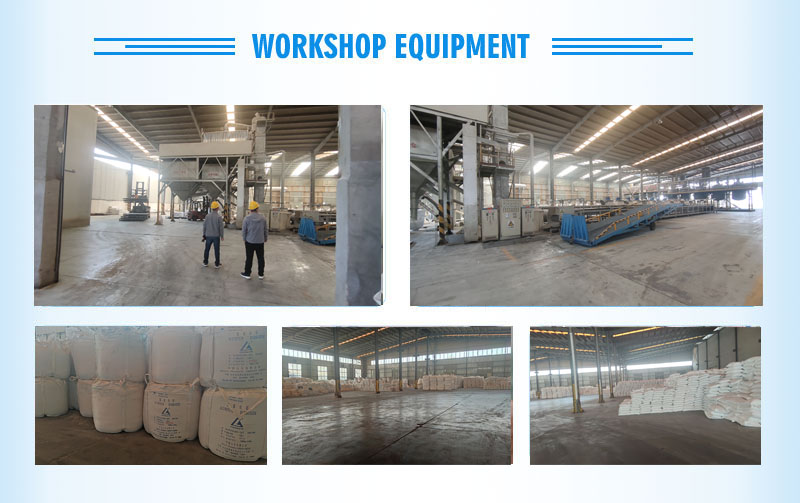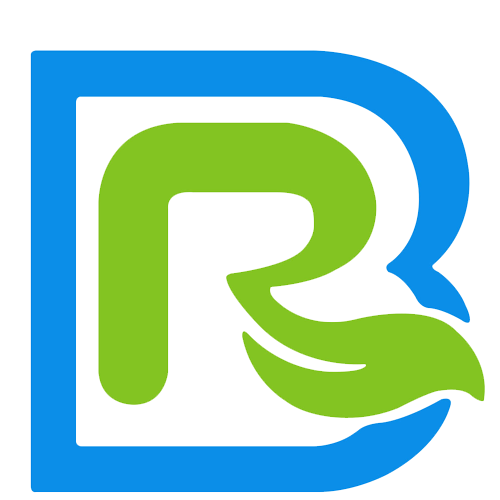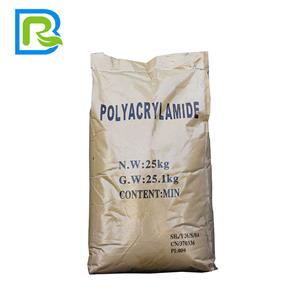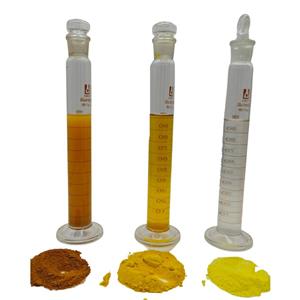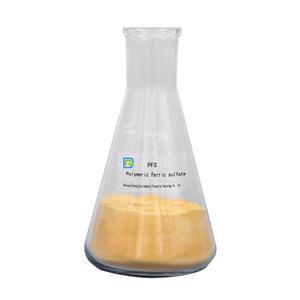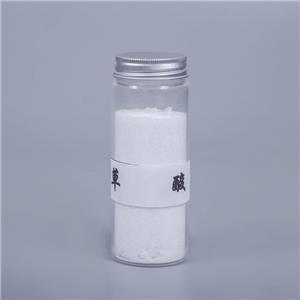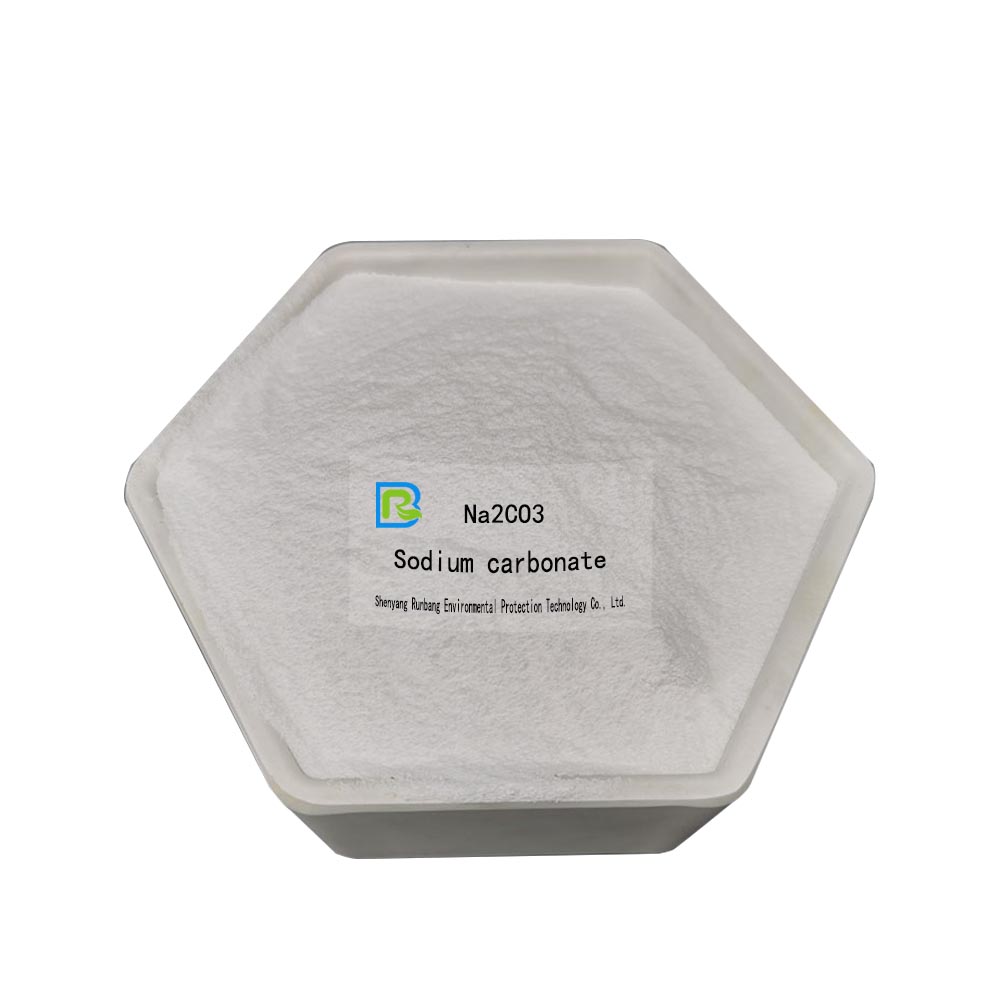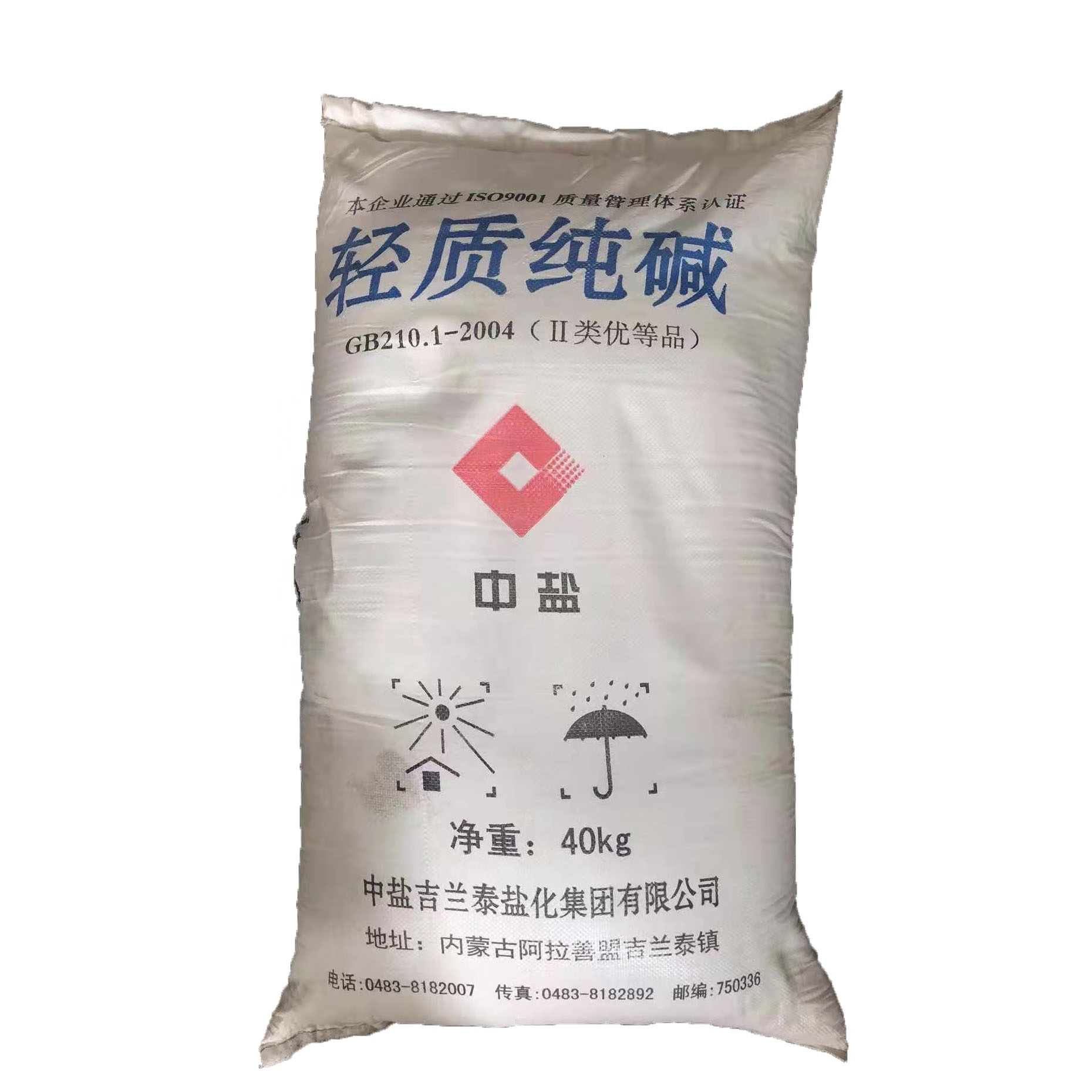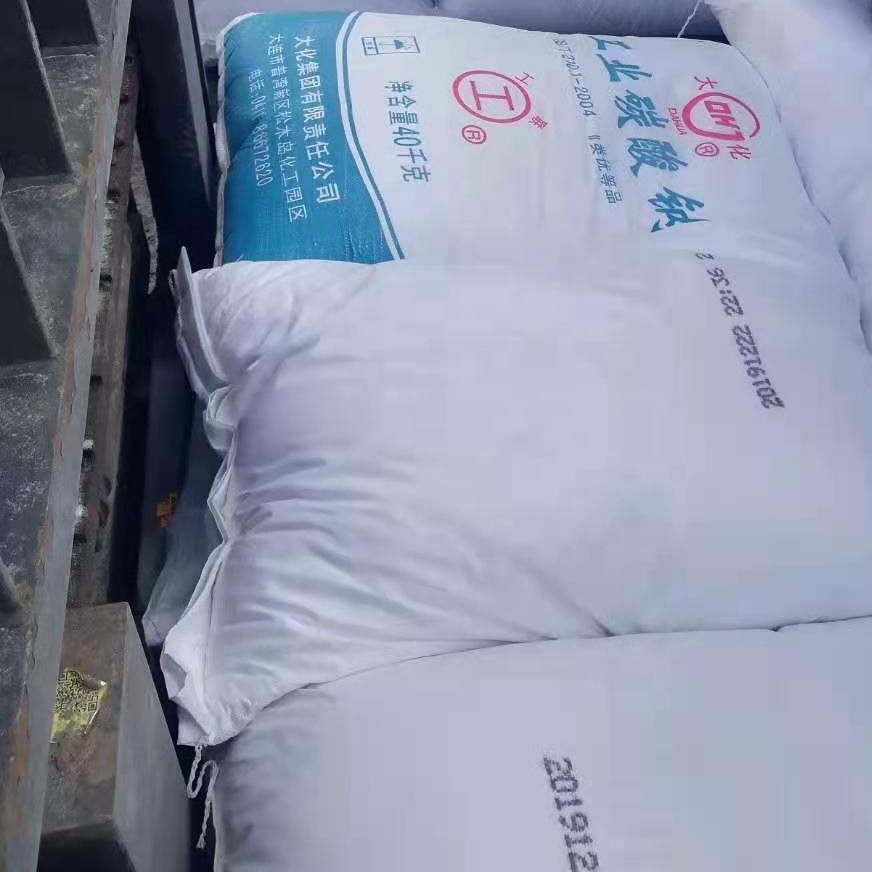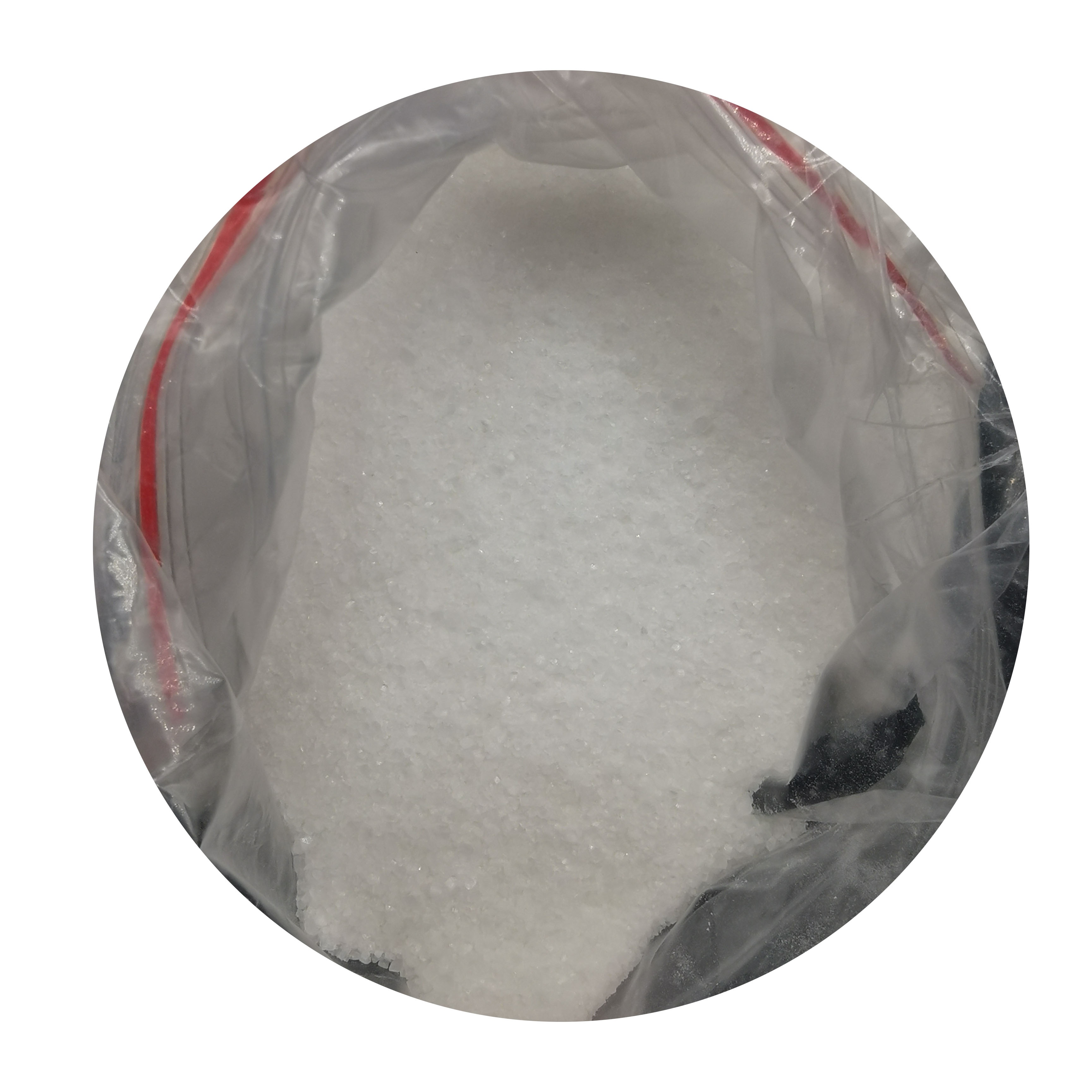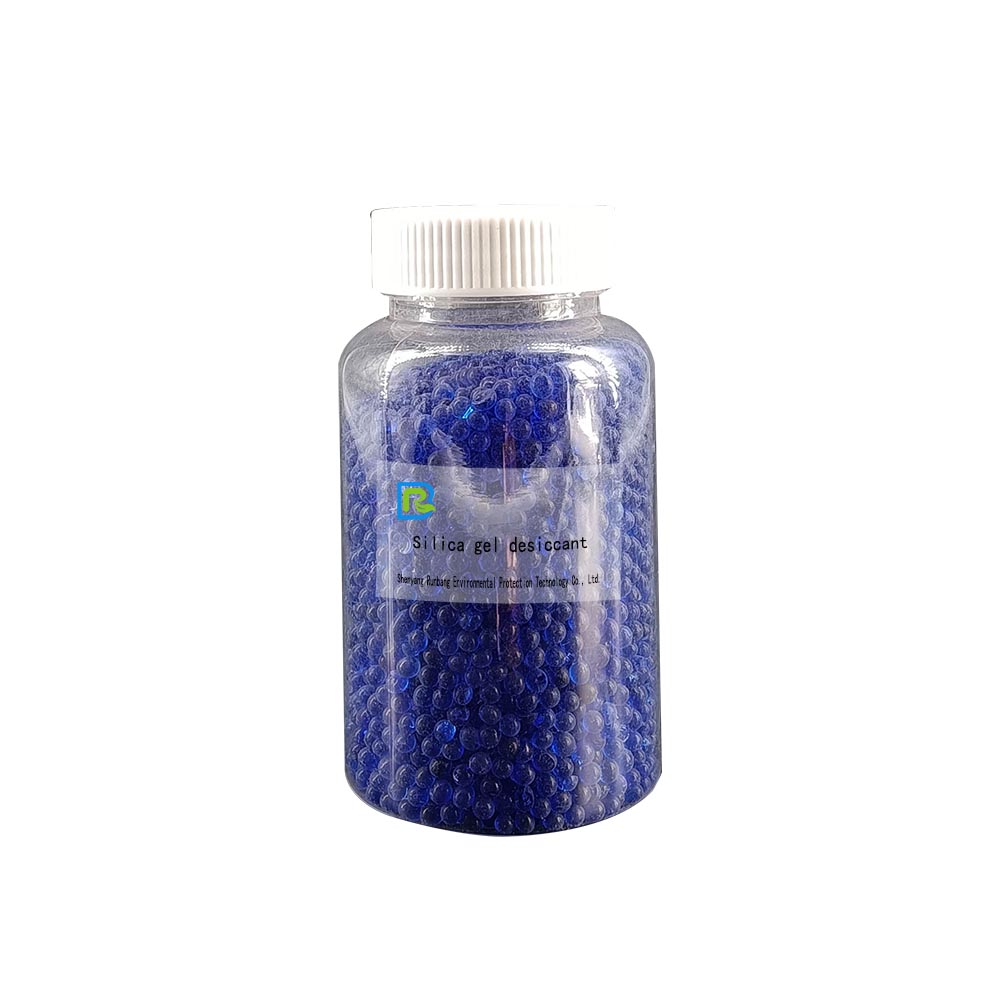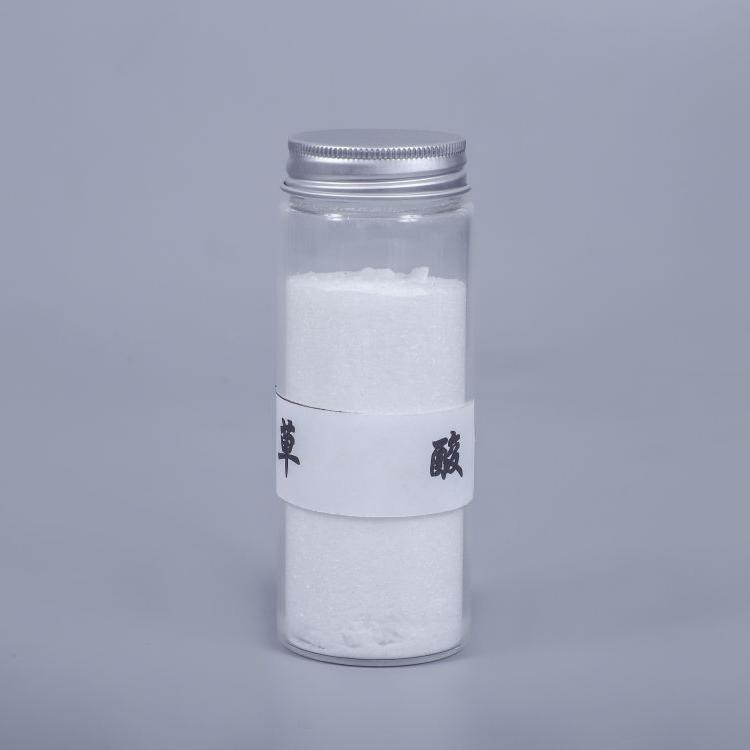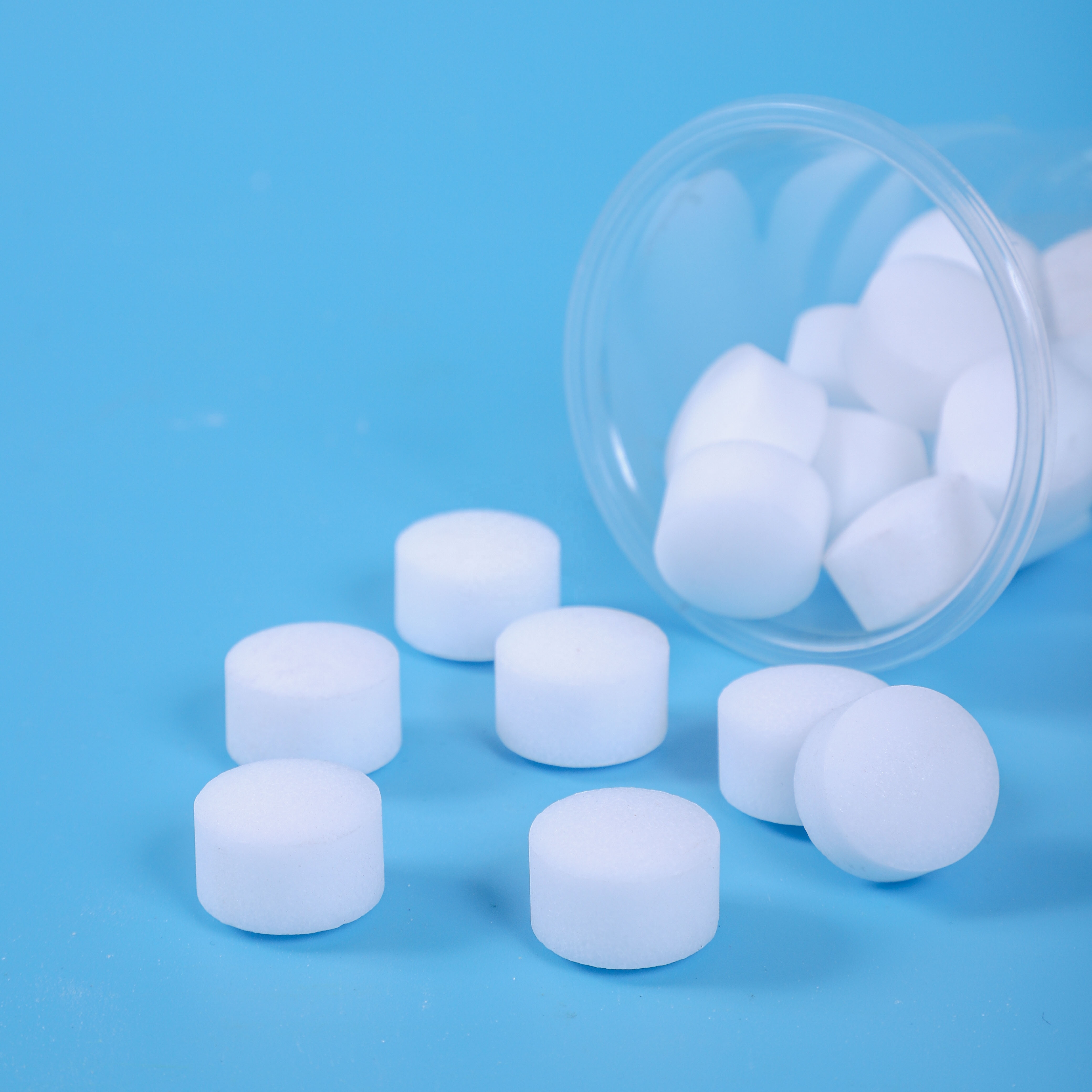
Sodium carbonate
Brand rainbon
Product origin neimenggu/henan/shandong/sichuan
Delivery time 3-7days
Supply capacity 10000tons/mouth
Before the synthetic soda ash, it was found in ancient times that certain seaweeds contained alkali in the ashes burned after drying, and brown alkali could be obtained for washing after leaching and filtering with hot water. A large amount of natural alkali comes from minerals, mainly buried underground or in lakes of alkaline water. The highest grade of natural alkali ore exists in the sedimentary layer and is widely distributed.
The earliest invention of synthetic soda ash method is at the end of the 18th century, France Lubran used mannite plus limestone and coal at high temperature reduction and carbonation, to get the crude product - black ash containing mainly Na2CO3, after leaching, evaporation, refining, recrystallization, drying, to obtain heavy soda ash with purity of about 97%. 1861 Belgium Ernest Solvay invented soda ash alone and had obtained a patent. Due to the protection of technical secrets has not been able to be applied on a large scale, only in the 1920s from the United States breakthrough, especially the famous Chinese chemical expert Hou Depeng in 1932 published a book "soda ash manufacturing", will be kept secret for 70 years, Solvay method published in the world. Hou Depeng also created Hou's alkali making method in 1939-1942 and established a pilot plant in Sichuan. 1952 saw the establishment of a joint alkali making plant in Dalian Chemical Factory.
Soda ash manufacturers in our country have several production areas, we have cooperation, our company can provide lower cost soda ash according to the customer's destination port
Sodium carbonate is one of the important chemical raw materials, widely used in light industry, building materials, chemical industry, food industry, metallurgy, textile, petroleum, national defense, medicine and other fields, used as raw materials for manufacturing other chemicals, cleaning agents, detergents, also used in photographic and analytical fields. Next is metallurgy, textile, petroleum, national defense, medicine and other industries. The glass industry is the largest consumer of soda ash, consuming 0.2 tons of soda ash per ton of glass. In the industrial soda ash, mainly in light industry, building materials, chemical industry, accounting for about 2/3, followed by metallurgy, textile, petroleum, national defense, medicine and other industries.
the glass industry is the largest source of soda ash consumption, each ton of glass consumes 0.2t of soda ash, mainly used in float glass, picture tube glass shell, optical glass, etc.
Used in chemical industry, metallurgy, etc. The use of heavy soda ash can reduce alkali dust flying, reduce raw material consumption, improve labor conditions, but also improve product quality, while reducing the erosive effect of alkali powder on refractory materials, extending the service life of the furnace.
As buffering agent, neutralizer and dough improver, it can be used in pastry and dough food, and used in appropriate amount according to production needs.
Used as detergent for wool rinsing, bath salt and medicine, alkali agent in tanning leather.
Used in food industry, as neutralizer, bulking agent, such as the manufacture of amino acids, soy sauce and dough food such as steamed buns, bread, etc.. It can also be added to pasta with alkaline water to increase the elasticity and ductility. Sodium carbonate can also be used to produce monosodium glutamate
Special reagent for color TV
Used in pharmaceutical industry, as antacid, osmotic light laxative.
used in chemical and electrochemical degreasing, chemical copper plating, aluminum etching, aluminum and alloy electrolytic polishing, chemical oxidation of aluminum, phosphating after the closure, the process of rust prevention, electrolytic decalcification of chromium plating and decalcification of chromium oxide film, etc., also used in pre-plating copper, steel plating, steel alloy plating electrolyte
metallurgical industry used as smelting flux, flotation agent for mineral processing, steel and antimony refining as desulfurization agent.
The printing and dyeing industry is used as water softener.
The tanning industry is used for degreasing of raw hides, neutralizing chrome tanned leather and improving alkalinity of chrome tanning solution.
The benchmark for calibrating acid in quantitative analysis. Determination of aluminum, sulfur, copper, lead and zinc. Test urine and whole blood glucose. Analyze the co-solvent of silica in cement. Metal metallographic analysis, etc.
